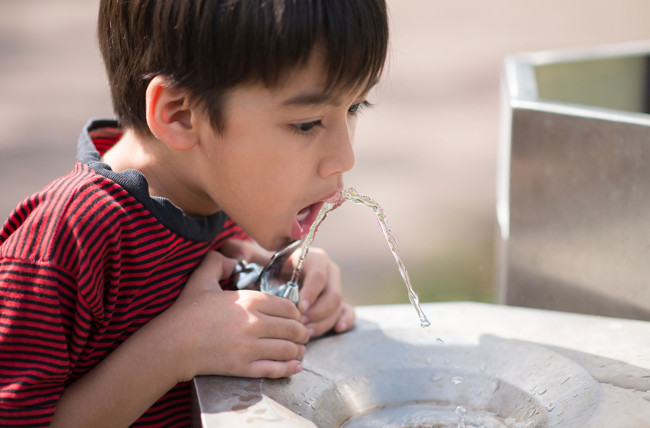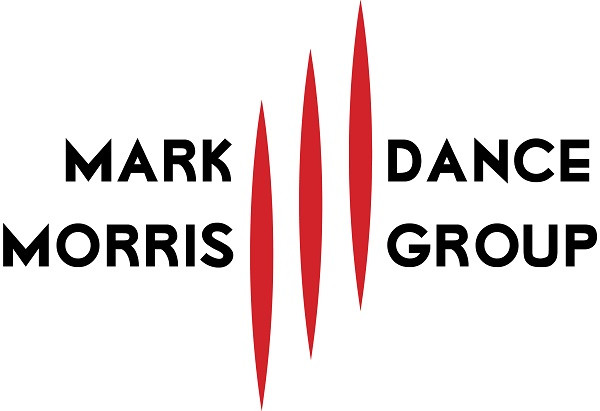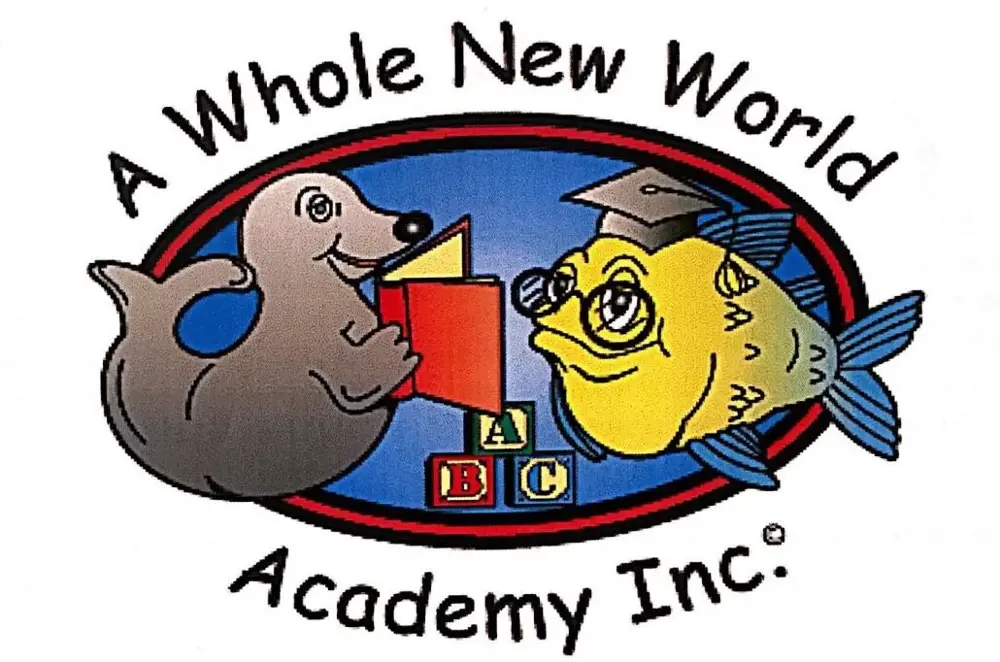
3 Bushwick Schools Have Higher Lead Levels Today Than In 2016
While programs from years ago were meant to eliminate lead from schools in Brooklyn, P.S. 376, P.S. 106, and I.S. 383 are still struggling to get rid of lead for good.
Get can’t-miss family activities sent to you!
Get the Best Kid-Friendly Activities
Sent to You Weekly!
As lead remains to contaminate district 32’s water, 3-K is still expected to expand into the district, meaning more students under the age of six are expected to use local facilities. This has heightened concerns among city officials, especially considering younger children tend to be the most vulnerable to lead poisoning due to their weaker immune systems as well as their higher level of hand-to-mouth movement.
How the City is Combatting Lead
The city’s current health code mandates the Department of Education to visually inspect portions of schools occupied by students younger than the age of seven once a year by using conveyable X-ray fluorescence analyzers to detect lead on classroom surfaces. Still, various activists feel that this procedure does not do nearly enough to insure proper safety precautions, plus the Department of Education has yet to report thorough details on a remediation process to follow the recent detections of lead.
This lead poisoning issue goes beyond public schools though: 820 children under the age of six were found to have elevated lead levels in their blood between 2012 and 2016 in NYC’s affordable housing, according to the Department of Health. These test levels ranged from five to nine micrograms per deciliter in their blood, but the health department still did not inspect the children’s homes since formal city policy requires a lead level of 10 micrograms per deciliter for an apartment to be inspected. However, this policy was recently changed after public outrage, with five micrograms per deciliter now being the new home inspection minimum for a child under the age of 18.
Recognizing the Killer Effects of Lead Poisoning
Of the New York City children that were had elevated lead levels in their blood, 82 percent were Black, Latinx, and Asian, while 62 percent were residents of high-poverty neighborhoods. These elevated levels could lead to lead poisoning, which has even more drastic affects on young children such as stunting early intellectual growth, damaging cardiovascular hormones and immune systems, or even worse, leading to death.
The death rates among children with lead poisoning have been concerning many, as the Department of Health Statistics reported that from 2014–2016 alone, 225 children from the ages of 1-4 have died from lead poisoning, as well as 154 from the ages of 5-9, and 156 from the ages of 10 to 14.
Chair of the New York City Education Committee Mark Treyger spoke out and requested a system–wide inspection and remediation of public school buildings.
“This to me is an emergency,” Treyger stated. “This is not an issue that you could just simply punt and do a working group on. This is a public health issue.”


.png.jpg)



